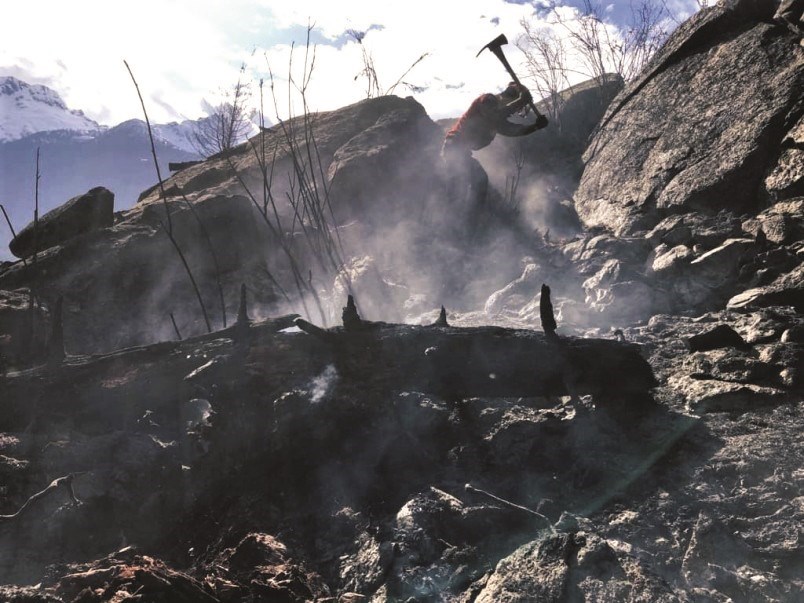Lytton, B.C., disappeared and other smaller communities will continue to be faced with wildfires now and in the future. As municipalities take action to ward off wildfires, the following concept may have application for the many communities in the Squamish Lillooet Regional District (SLRD).
The fire starts, then spreads and the winds shift, and a community is endangered. The small fire-fighting unit goes into action with fire hoses and extinguishers. However, the fire becomes a monster and when the evacuation notice is given, the firefighters wait until the last moment and then wisely move back—as in the case of Lytton, then the fire destroys the town.
Yet, each community has a network of underground water pipes that supply municipal fire hydrants. A possible solution is to enable all the fire hydrants in a town to react automatically during wildfires by providing a hydro dome over the community.
A small-town volunteer fire department might get a couple of hydrants operating, but the firefighters' ability to flood the community with a massive plume of water is not there. Becoming overwhelmed, they depart their posts, leaving the town to burn down.
My apartment has 14 automatic water sprinklers in the ceiling. As I drive the rural areas, I see massive irrigation systems watering crops with no humans present. Once the firefighters leave, the existing municipal fire-hydrant system is ineffective in a community facing a wildfire. Could it be computerized to provide a massive gusher of water after the firefighters depart?
What would it look like if every hydrant in town were able to flood the sky over the community with a hydro dome to soak homes and businesses, trees, and shrubs during the peak of a wildfire? What new technology would be needed to enable every fire hydrant in town, the capability to provide an automatic water shower?
With evacuation, the fire faces no obstacles to continue through the town. Everyone is gone to a safe distance, and no one is washing clothes or taking a shower. Fully, 100 per cent of the water is now available for fighting the fire. Yet, no one is working the hydrants, which are intact and able to provide plumes of water high into the sky. The water can be recycled from the storm sewers as this storm of water battles the storm of fire engulfing the town.
Lytton is gone but the fire hydrants and underground water pipes are still there. Is it time for some different thinking about wildfire response?
An existing fire hydrant infrastructure could be redesigned to provide an independent wall of water across a threatened community. A lawn sprinkler on a roof is a good idea ... a town-wide waterfall is a better idea.
What would it look like if Whistler, Squamish, Pemberton, Lillooet, Britannia, or Lions Bay had the capacity to defend themselves with an industrial-size gusher of water after everyone evacuates? Nothing is foolproof so, yes, parts of the town could still be ravaged but other parts might be saved.
Is there a Canadian fire supply company with this technology? If not … why not?
Larry Murray // Squamish




